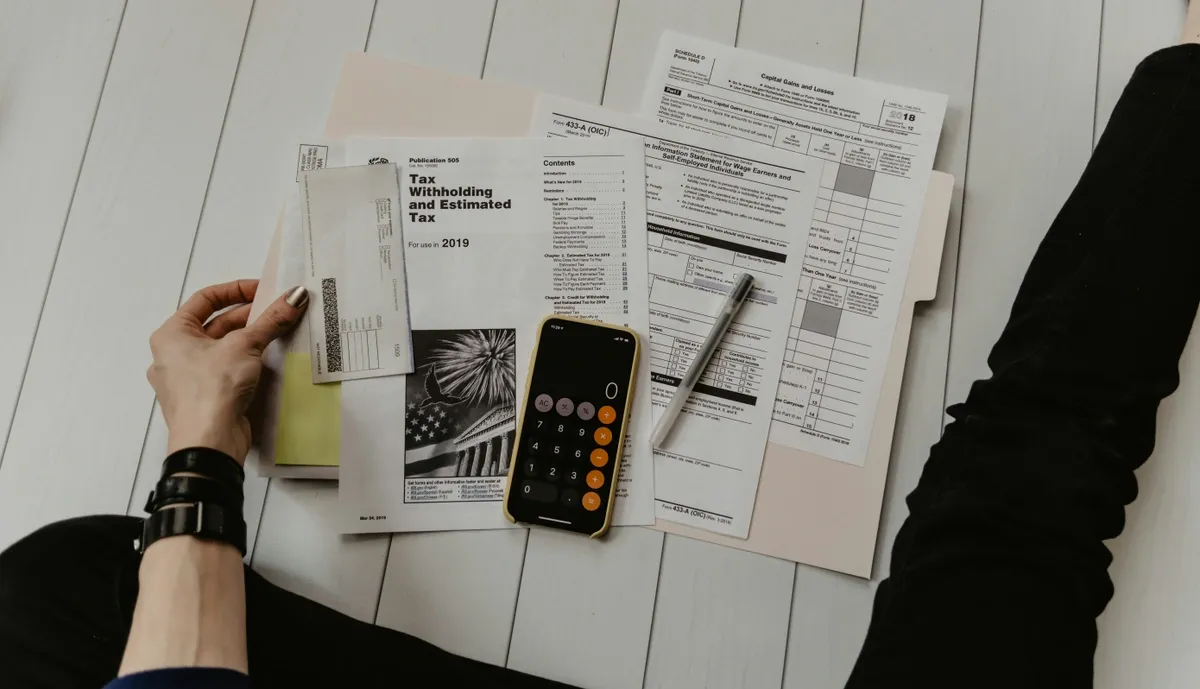
Optimizing project budgets is increasingly critical for architecture firms as they face the challenge of rising material costs. Proactive budget management becomes essential to maintain profitability and efficiency without compromising on quality. By adopting strategic approaches such as cost-effective design practices, advanced budget tracking technology, and effective time and expense management tools like Minute7, architecture firms can navigate these financial pressures and optimize their project budgets successfully.
Understanding the Impact of Rising Material Costs on Architecture Projects
Overview of Current Trends in Building Material Costs
The cost of building materials has surged in recent years, creating significant challenges for architecture firms. For instance, steel, a fundamental material in many commercial projects, has seen considerable price increases (source). This trend extends beyond steel; approximately 82.5% of construction materials have experienced substantial price hikes since 2020. Although some prices have recently shown signs of stabilizing, the persistent demand for construction is expected to keep material and labor costs elevated through 2024 and 2025 (source).
How Rising Costs Affect Project Budgets and Timelines
Rising material costs often lead to ballooning budgets and delays, with an overwhelming 98% of construction projects experiencing cost overruns or delays (source). This has profound implications for all stakeholders, including architects. Financial losses from delays in large-scale projects can be significant, and budget overruns can threaten a project’s viability. For architects, maintaining financial performance amidst these challenges is crucial (source).
The Importance of Proactive Budget Management in the Architecture Industry
Proactive budget management is essential for architecture firms to navigate the financial pressures of rising material costs. Effective financial management encompasses creating comprehensive budgets, monitoring cash flow, implementing project costing strategies, streamlining invoicing and payment processes, negotiating contracts and fees, and controlling expenses (source). Mismanaged finances can quickly become a significant problem, particularly since architects often lack formal business education. Hence, mastering financial strategies and proactive budget management is critical for the success and sustainability of architectural firms (source).
Strategic Approaches to Budget Optimization
Implementing Cost-Effective Design and Construction Practices
Cost-effective design and construction practices are essential for balancing project costs with the benefits delivered. By comparing the total cost of ownership or life-cycle costs against the benefits of different designs, architecture firms can make informed decisions (source). Effective planning and clear communication between the architect and the client are crucial. Detailed architectural drawings and specifications should be meticulously considered to ensure high-quality construction without compromising the project budget (source).
Leveraging Technology and Software for Accurate Budget Tracking and Forecasting
Technology and software play a pivotal role in accurate budget tracking and forecasting. Budget management software helps architecture firms allocate financial resources efficiently and predict future expenses and revenues. Such tools ensure that funds are managed accurately, reducing the risk of budget overruns (source). Budgeting involves estimating the costs required to meet business targets, while forecasting uses historical and real-time data to predict future financial outcomes. Both are essential for strategic planning and achieving business goals (source).
Negotiating with Suppliers for Better Pricing and Bulk Purchasing Opportunities
Effective negotiation with suppliers can significantly reduce procurement costs. By establishing clear agreements that benefit both parties, architecture firms can achieve lower prices and higher volumes. Key negotiation goals include defining goods and services, outlining terms and conditions, and setting mutual expectations (source). Firms can also present compelling market opportunities to powerful suppliers, propose new value propositions, or adopt strategic buying approaches to secure better deals (source).
Optimizing Project Budgets in Construction and Design Industry
Successful project budget optimization in the construction and design industry requires meticulous planning, incorporating contingency funds, leveraging technology, and regular budget reviews. A well-managed budget is vital for project completion and requires continuous attention and flexibility to adapt to changing project demands (source). Additionally, forming an experienced design-build team and fully utilizing value engineering can significantly optimize construction budgets (source).
Utilizing Time and Expense Tracking Tools for Better Budget Management
Effective time and expense tracking plays a crucial role in optimizing project budgets for architecture firms. By monitoring when, where, and how funds are spent, firms can plan future projects more accurately and efficiently. Detailed tracking helps avoid fraudulent activities, simplifies budget management, and allows for accurate report generation (source). Additionally, it aids in improving workflow, enhancing project management skills, staying on budget, and preventing scope creep (source).
A robust time and expense tracking solution provides real-time visibility into employees’ and contractors’ hours, contributing to better labor expense management (source). This real-time data is invaluable in tracking project progress and expenditures, ensuring that architecture firms can maintain control over their budgets and timelines.
Benefits of Integrating Minute7’s Time Tracking and Expense Reporting Software
Minute7 offers a range of features that are particularly beneficial for architecture firms aiming to optimize project budgets. The platform enables users to capture hours worked on a daily basis, track reimbursable and corporate credit card expenses, calculate mileage costs, attach receipts directly to expense entries, and view time and expense reports in various formats.
One of the standout features of Minute7 is its seamless integration with QuickBooks. This integration eliminates the need for manual data entry, reducing the risk of errors and saving valuable time. The platform is also accessible via a mobile app, allowing users to track time and expenses on the go, which is especially useful for fieldwork or client meetings. Furthermore, Minute7 ensures data security by using Amazon Web Services for data storage (source).
Case Studies or Examples of Successful Budget Management Using Minute7 Tools
While specific case studies on Minute7 were not found, there are numerous examples of companies benefiting from similar time tracking and expense reporting solutions. For instance, the company 3CX simplified their expense management process by implementing a software solution, resulting in reduced delays and manual errors in employee reimbursements (source). Similarly, Letgo, a mobile-based classifieds platform, improved their expense management by adopting cloud-based, mobile-friendly software, leading to significant time savings and improved compliance (source).
These examples illustrate the potential successes architecture firms might achieve by utilizing Minute7’s time and expense tracking tools. By integrating such solutions, firms can enhance their budget management practices, ensuring projects are completed on time and within budget, ultimately leading to greater profitability and client satisfaction.
Enhancing Financial Efficiency with Minute7
In the face of rising material costs, architecture firms must adopt innovative solutions to maintain financial efficiency and project profitability. Minute7 offers a powerful suite of tools that can significantly aid in this endeavor. By providing detailed time and expense tracking, seamless integration with QuickBooks, and accessibility through mobile apps, Minute7 empowers architecture firms to gain real-time insights into their project expenditures.
Minute7’s time tracking feature allows firms to monitor labor costs meticulously, ensuring that every hour billed is accounted for accurately. This precision helps in preventing budget overruns and identifying areas where efficiencies can be improved. Additionally, the expense reporting capabilities of Minute7 streamline the process of tracking and reimbursing project-related expenses, from materials to travel costs, thus reducing administrative burdens and minimizing errors.
The integration with QuickBooks further enhances the value of Minute7, by enabling automatic synchronization of time and expense data. This reduces the need for manual entry and the risk of data discrepancies, ensuring that financial records are always up-to-date and accurate. The mobile app functionality ensures that team members can log time and expenses from any location, providing flexibility and fostering a culture of accountability and transparency.
In conclusion, Minute7 stands out as an essential tool for architecture firms aiming to optimize their project budgets amidst fluctuating material costs. By leveraging its comprehensive features, firms can achieve better financial management, enhance project tracking, and ultimately, maintain profitability and efficiency in a challenging economic landscape. For architecture firms looking to streamline their budget management processes, Minute7 offers a reliable and efficient solution.



